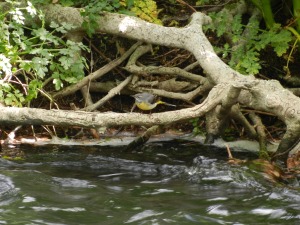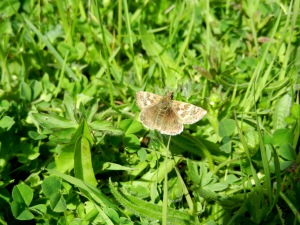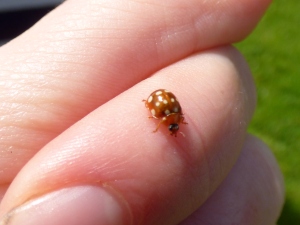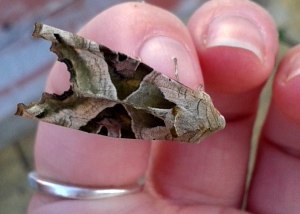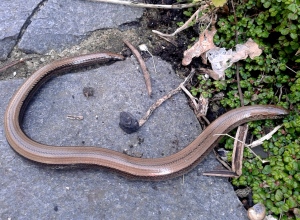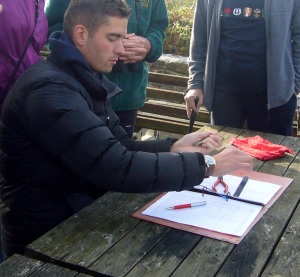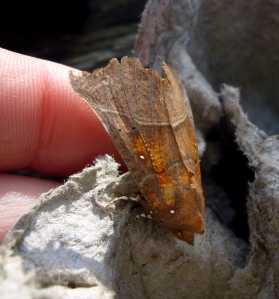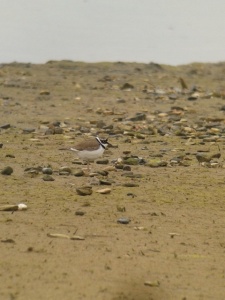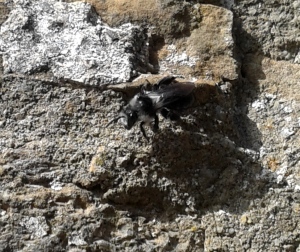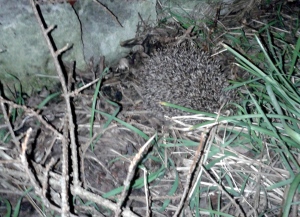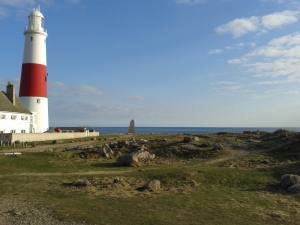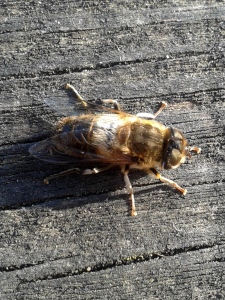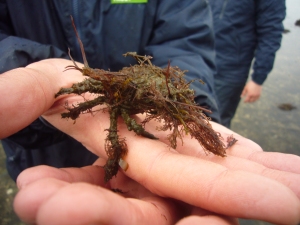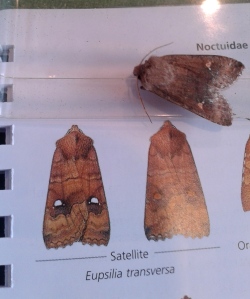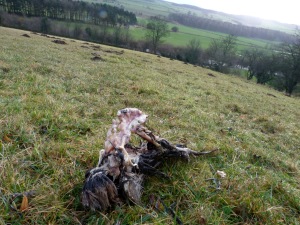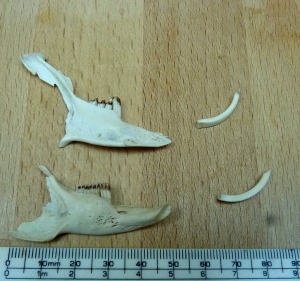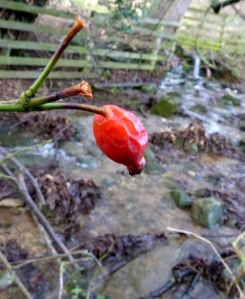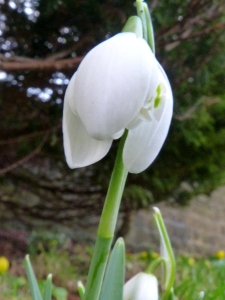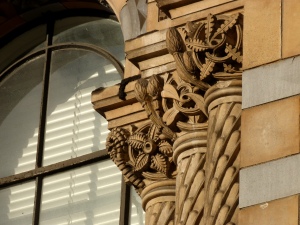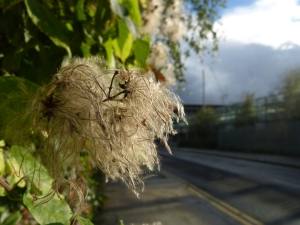Bugs For My Birthday
It was my birthday at the beginning of this week – not a big birthday, but a high enough number to make me realise that 30 is creeping closer. Although to be honest, I’m quite excited. They (the mysterious ‘They’!) say that your thirties are better than your twenties!
No matter my age, I was determined to have a nice nature-filled day. Originally I had planned to spend the day at RSPB Minsmere, but then Storm Katie arrived with howling winds and plenty of rain. Instead I had a relaxed morning at home, eating homemade cake (made my Matt) and drinking many cups of tea!
Once the weather had calmed itself down in the afternoon, a few friends and I visited a local nature reserve, Overhall Grove. It was a really sweet reserve, apparently both an Ancient Woodland and a Site of Special Scientific Interest (SSSI), and I look forward to returning there again over the coming seasons. Some of the friends accompanying me are also into nature, so we got stuck in with trying to find some good species. I’ve added a few more species to my pan-species list – including Cauliflower Fungus (Sparassis crispa), a new beetle species (Abax parallelepipedus) and Median Wasp (Dolichovespula media). Although I haven’t identified everything just yet, I am getting there gradually.
In addition to the new species, there were a number of 7-spot Ladybirds (Coccinella 7-punctata) about. I am always thrilled to see them as they are a sign that winter is over! Spring has started and summer is not too far away! There was even a butterfly – but it flew away from us and we couldn’t identify it. It was quite a funny sight, particularly for my friends that aren’t into nature – 4 adults running across the field after a butterfly! Bring on much more butterfly (and moth!) chasing this year.
There’s not so much else to add. I had hoped to hear a Chiffchaff (Phylloscopus collybita), which would’ve been my first of the year. But no luck, and I still haven’t heard one since. As I have said above, I look forward to returning there across the current seasons so I am sure I shall hear one there at some point!











































































![Scarce Blue-tailed Damselfly (note the end segments of the abdomen [tail])](http://mshersby.files.wordpress.com/2014/05/p1030105.jpg?w=300)
